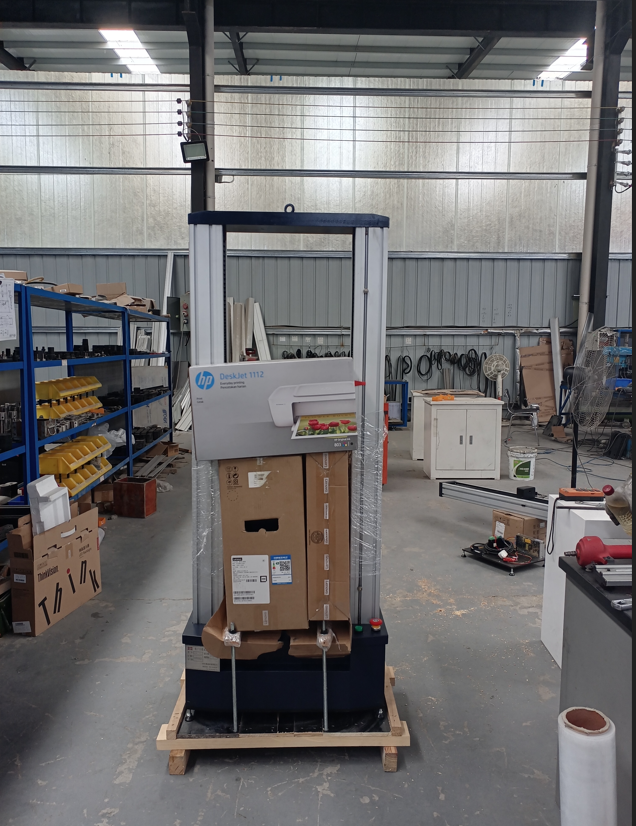Fatigue Testing Machines are indispensable tools in modern engineering, allowing industries to simulate and analyze the behavior of materials and components under repeated or fluctuating loads. These machines provide critical data on how long a product can endure stress cycles before failure—information that is vital for ensuring safety, reliability, and product performance. In this article, we explore the key industrial sectors that rely heavily on fatigue testing technology.
Transportation and Mobility Systems
Fatigue testing is widely used in aerospace, automotive, rail, and marine industries to ensure the long-term safety and durability of moving structures and mechanical components.
In aerospace, aircraft components such as turbine blades, fuselage joints, and landing gear are exposed to extreme cycles of stress during flight. Fatigue testing simulates these forces to predict failure points and comply with airworthiness standards (e.g., ASTM E466, ISO 1099).
In automotive and railway sectors, components like axles, springs, engine mounts, and suspension arms face millions of vibration and impact cycles throughout their lifespan. Fatigue testing helps engineers optimize lightweight designs while maintaining safety and performance. It is especially important in electric vehicles (EVs), where material efficiency is key.
Whether it’s for an airplane, a car, or a train, fatigue testing machines reduce the risk of unexpected mechanical failure by providing data to improve structural integrity and product longevity.

Biomedical and Human-Centered Engineering
In the biomedical industry, fatigue testing ensures that medical implants and devices can withstand the repetitive loads imposed by the human body. This includes:
Orthopedic implants like hip and knee joints
Dental implants, screws, and prosthetics
Cardiovascular stents and pacemaker leads
These components must survive millions of cycles over years of use without breaking or degrading. Fatigue testing machines replicate bodily motion and pressure in controlled lab environments, often under simulated biological conditions (temperature, humidity, etc.).
Biomedical testing uses precise low-force, high-cycle testing machines—typically servo-electric or electrodynamic systems. Standards such as ASTM F138, ISO 14801, and ASTM F2077 define testing protocols to ensure clinical safety and performance.
Fatigue testing in healthcare protects patients, reduces surgical revisions, and supports the development of next-generation implant technologies.

Structural, Infrastructure, and Renewable Energy Systems
Fatigue testing is also critical in civil engineering and renewable energy sectors where large structures must endure environmental and mechanical loading over decades.
In civil construction, bridges, buildings, and highway components like expansion joints, rebar, and steel connections must be fatigue-tested to prevent long-term failure. Testing helps engineers design for durability, particularly in areas exposed to high traffic or seismic activity.
In renewable energy, wind turbine blades, offshore platforms, and tidal generators experience continuous loading from natural forces. Fatigue testing ensures these systems can operate safely in harsh, fluctuating conditions for extended periods.
Key benefits of fatigue testing in these industries include:
Preventing structural collapse and material fatigue
Ensuring compliance with safety codes and international standards
Reducing maintenance costs and increasing system uptime









